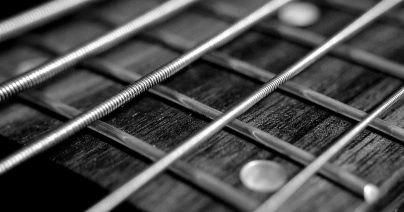 Articles
Articles
The Sound of Metal: Understanding Cochlear Implants
With awards season recently concluded with the Oscars, one of the films that caught Acentech’s interest was The Sound of Metal. This was a film that…
Sound may enhance, as well as detract from, the pleasure in using a product and sound may also indicate how well a product is working. Manufacturers are often faced with negative consumer reactions to the sound of their products and may be uncertain how to improve the quality of the sound. All of these issues, combined with manufacturers’ interest in sales growth in high-end and international markets have made noise & sound quality important product attributes.
Acentech’s Product Sound Group specializes in quiet design, sound quality analysis and sound quality optimization that result in specific, quantifiable design changes. Our approach to quiet product design is based on engineering and scientific principles, shaped by our experience and deep understanding of product budget and time-to-market realities.
Acentech’s experience has proven that a multi-disciplinary approach to product sound produces the most creative and successful solutions. As a project develops, our highly skilled staff works directly with manufacturer’s representatives from product planning, marketing, engineering design, heat transfer, and other specialty areas. Our recommendations enable product planners, managers, and engineers to define, design, and bring to market products that sound better and lead to higher acceptance and satisfaction, all in the most cost-effective manner possible.
Acentech’s Product Sound Group has supported more than 100 companies ranging in size from small startups to Fortune 500 corporations.
Acentech’s product sound services include: